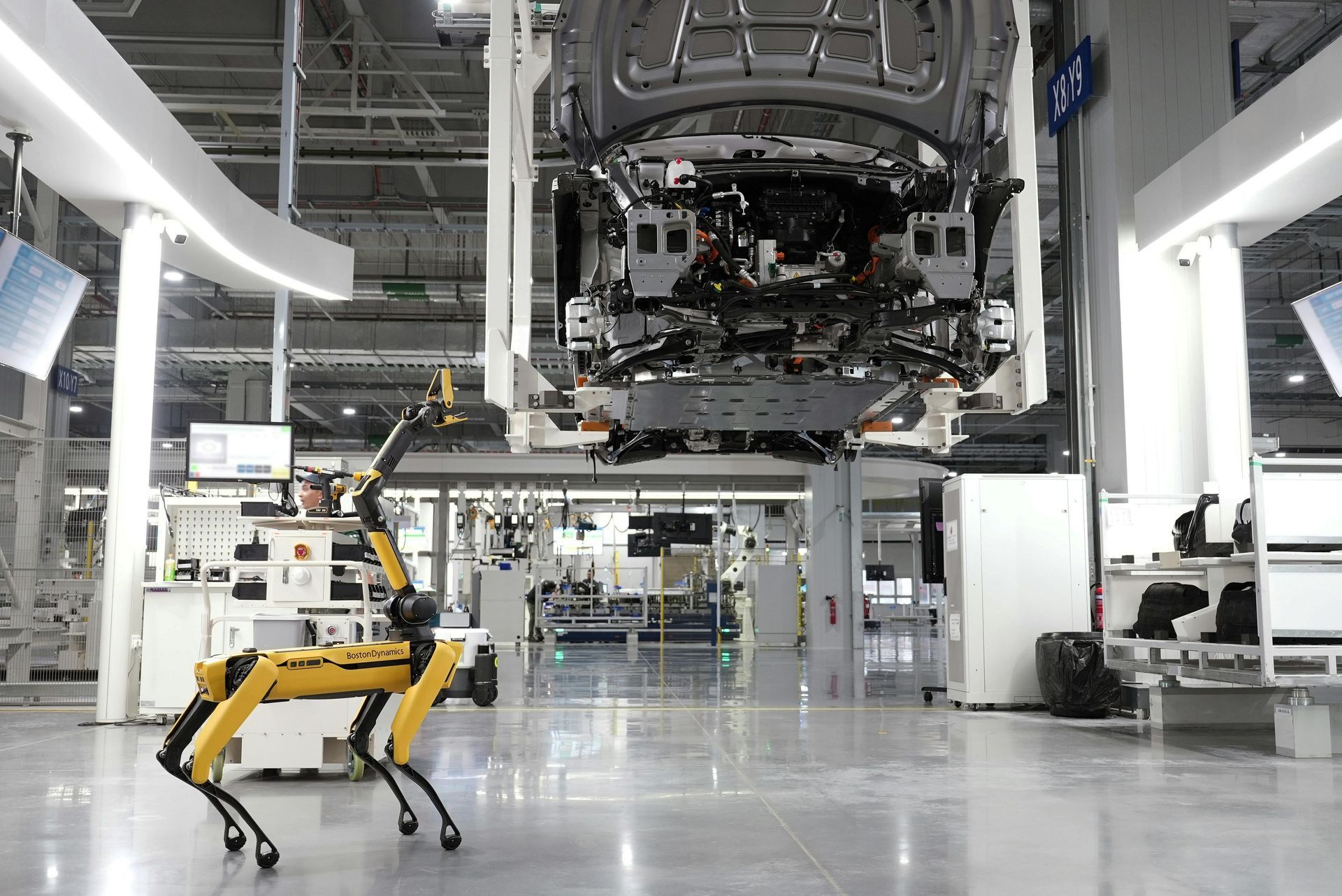When Inspiration Strikes: The Benefits of Corporate Culture
We spend a lot of time at work. For a typical 9 to 5 worker, over the 45 years from college graduation to retirement, with a little held back for vacation, illness, and holidays, the total time spent working is around 90,000 hours. Add in a few thousand hours of commuting, a few late-night crises, and a weekend email check or two, and it becomes clear that we spend a significant part of our life in the work environment. It sure better be pleasant!
What makes a job pleasant? It could be affected by many things: interesting tasks, challenging problems to solve, hope for advancement (or at least stability), cordial coworker and client relationships, comfortable physical environment, available refreshments, and lunch options are all aspects which affect the culture of a company. However, the actual culture is a matter of work pace and attitude set of characteristics. As these listed items are all variables in the real business world, so a large corporation may have multiple cultures. Think of the difference in the work culture of a manufacturing plant vs. a corporate headquarters accounting group.
Each employee will view the culture slightly differently as each has their personal priorities and characteristics. It is well known and well researched that happy employees tend to be much more productive and loyal than dissatisfied ones. In a culture mismatch between the company and the employees, expect high turnover unless some outside influence (i.e. depression level job market) forces temporary stability on the workforce.
Some levers of the employee perception of the culture are beyond the ability of the executive team to directly influence. Line management must be the ones trained to recognize and guide the task assignments and team relationships so that employees are neither bored nor overwhelmed. However, policies and behavioral guidelines can be established so that employees at all levels can understand the basic tenets of the culture, and executives need to be honest with themselves about the company’s business. Saying that work-life balance is important and then scheduling night and weekend work activities means the culture is one of workaholism. Not an incorrect culture, but not one of work-life balance. Employees see actions a lot clearer than printed policy. Establishing a Google-ish culture in a buggy whip business is a recipe for disaster, but if innovation and ambition drive the business plan then do not set up a regimented process culture or a different mess will occur.
Being clear about the culture wanted for the business and then putting it into practice will enable the company to have high productivity with low turnover even in the most unexciting business.











